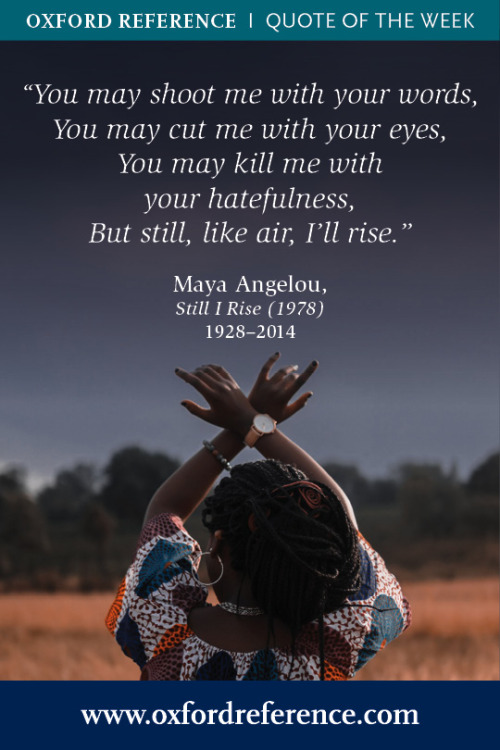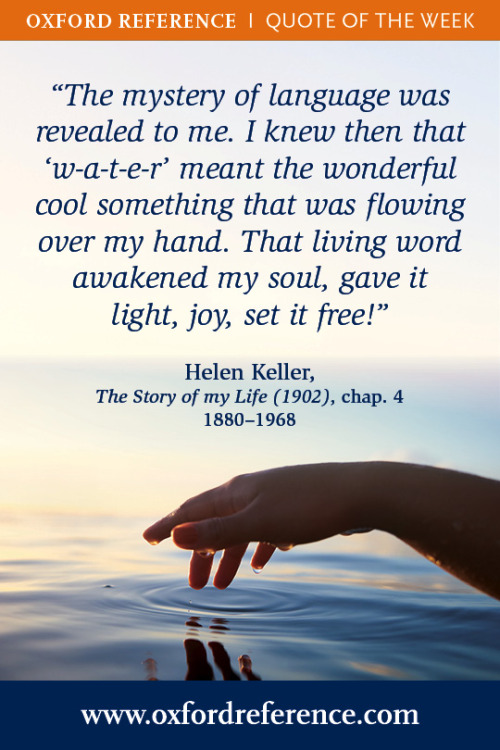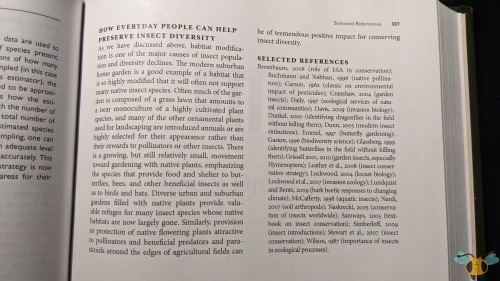#oxford university press
Polychromy in Ancient Greek and Roman Sculpture
“The term “polychromy” has been in use since the early 19th century to denote the presence of any element of colour in Greek and Roman sculpture. The evidence for such polychromy is literary, epigraphical, archaeological, and archeometric; research on the subject therefore requires collaboration between the humanities, conservation science, and natural science. Such research should go hand in hand with the investigation of the polychromy of Greek and Roman architecture, since it is symbiotically related to sculpture, technically as well as visually.”
Discover the complicated history of polychromy and ancient Greek and Roman sculpture, detailed within this video.
Phylogenomic Resolution of the Cetacean Tree of Life Using Target Sequence Capture
Cetaceans (whales, dolphins, and porpoises) have undergone the most dramatic morphological transformation of all mammals, having originated from a clade of terrestrial even-toed ungulates (like cattle, hippopotamuses, pigs, and more) over fifty million years ago. As a result of such an interesting and diverse evolutionary history, cetaceans have long been important and insightful subjects of numerous studies.
Until recently, the higher-level relationships between the cetacean families have taken precedence in research, leaving the systematics and lower-level relationships both under-explored and unresolved.
New research from Systematic Biologysought to rectify this gap in knowledge by combining data from >38,000 exons with existing sequences from 11 cetaceans and seven outgroup taxa, producing the first comprehensive comparative genomic dataset for cetaceans.
Enrich your knowledge further by exploring a more holistic insight of the genetic intricacies within cetacean families and discover new clarifications of the contentious relationships among particular species.
Post link
Daly and Doyen’s Introduction to Insect Biology and Diversity 3rd Edition, James Whitfield and Alexander Purcell III
One more little bit of literature to share, and then next week I’ll return to the regular scheduling of sharing insect photos. Yeah, wasn’t really planning for this type of showcase, but it’s worth it to show you (dear reader) what helps me identify insects. This is my textbook from my time at the University of Toronto. Though pricey, it was handy during my time in Insect Biology and was a great asset to getting my bug box ready for the end of the term. Unlike the previous 2 guidebooks, this one is far more technical when it comes to insect identification. This is definitely for the best since identification of tiny organisms requires examination of the tiniest of details. You’d need a dissection microscope to get your money’s worth, more on that later. For now, the knowledge in this book is wonderful. While most of the book is in black and white, colored pictures (like 5 and 6) are used to highlight the fundamentals of the insect world without becoming too technical. It is a textbook after, so you can expected detailed outlines of insects, their systems, their ways of life, habits, locomotion, ecosystem roles and everything in between. The diagrams on Pictures 2-4 are some examples. The insect education is thorough and easy to understand, but when it comes to insect identification, this textbook is extremely thorough. Follow along using Pictures 8 and 9 as examples.
By thoroughly examining a specimen up close and knowing what to look for, an insect can be sorted and classified all the way down the genus, if not the specie if you’re sure. The guide explains exactly what to look for to confirm. You start from the very top of the order and work your way down as your become more familiar with your insect, eventually discovering what it is. The guide outlines what details or structures to focus on, and rules out other insects based on your findings. Now, it’s not completely bulletproof as insects do have variability and there can be wiggle room for interpretation, especially when multiple people are looking at one microscope. One story I have was when I was examining a Bee and trying to determine its family. Since its face was coated in hairs, I couldn’t see the lines on its face. After “shaving” the Bee with an insect pin (not the point), the lines were visible but even with 4+ people looking at the specimen, still no avail. In the end, my professor settled on Andrenidae Bee as the family and wouldn’t mark me down for it. Mining Bees can certainly be a challenge, which is to say nothing of smaller insects. Perhaps we can count that as an anomaly since the organization schema worked perfectly for everything else.
Do I recommend you get this textbook however? Maybe. It’s a little big and technical to bring outside on bug hunts, so the Audubon Guides would do otherwise. If you like insects and would appreciate a comprehensive education tour de force on them, plus technical look at them that doesn’t go into a more research-heavy focus, sure! But it is introductory material (and that can only get you so far). As well, there is a new edition available now (from 2021) so that may be worth checking out instead. For me though, I’m happy with this textbook and am glad to have it as a resource for this blog. Either way, I’d never part with it either as it’s been autographed by one of my most dear friends. You can check out her blog here. She’s just gotten her Doctorate, and I’m so proud of her!
Ally, this post is for you. Thank you!
Post link























